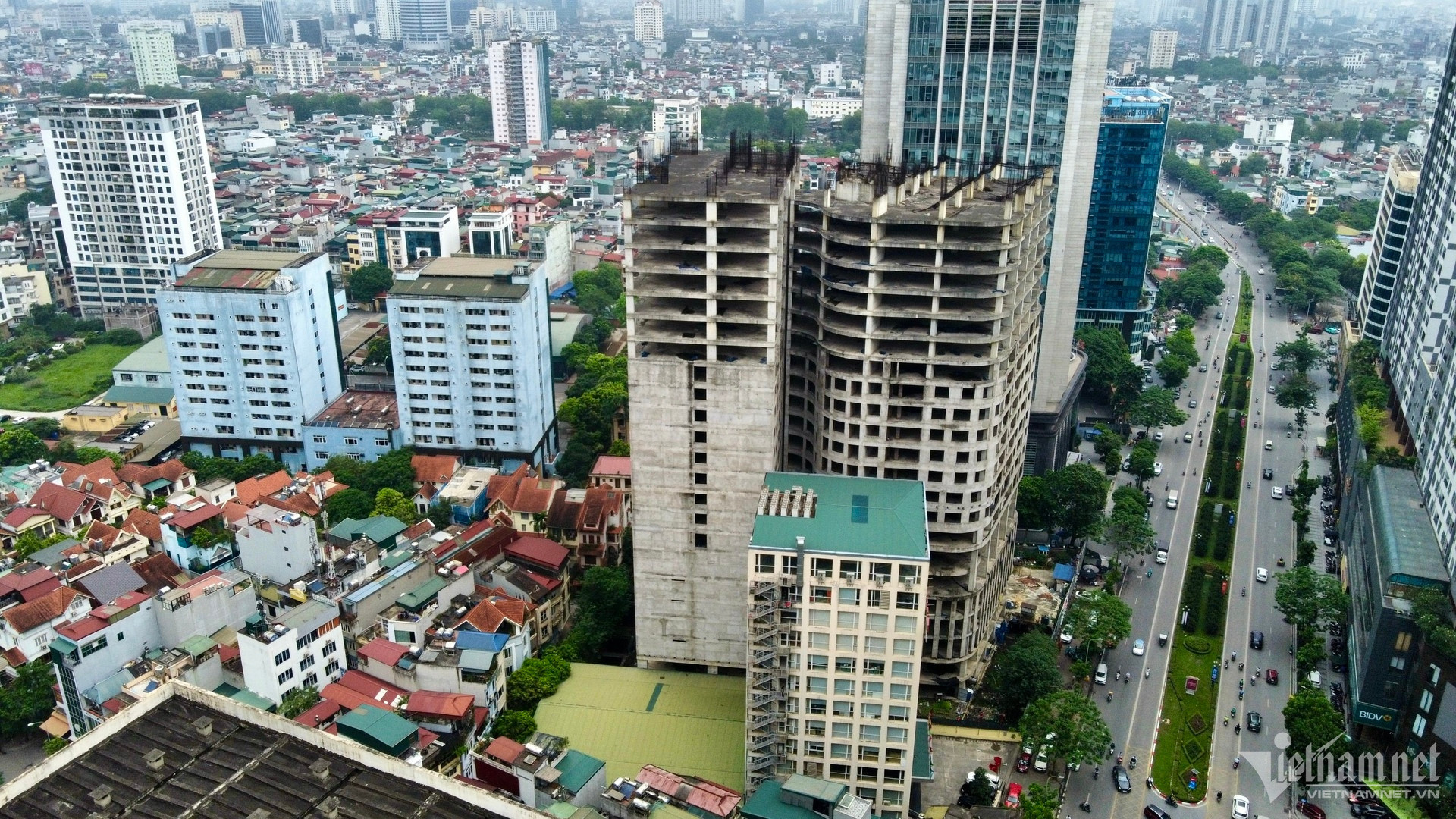
In a report to the Government Office, the Ministry of Construction (MOC) said housing and real estate prices now are structured by seven factors: land rents, compensation for site clearance, project development costs, technical and social infrastructure, capital and sale costs, investors’ profits, and taxes and fees.
The expenses account for different proportions of housing projects, depending on the type of projects (multi-storey apartment blocks, villas, townhouses, etc) and their quality.
Analyzing the fluctuations of these types of costs, the watchdog agency found that the costs for construction, technical and social infrastructure, capital and sale costs, and investors’ management costs do not fluctuate heavily.
Meanwhile, the tax and fee policies have remained unchanged recently. Therefore, these expense items are not the reasons behind the housing price increases.
According to the ministry, there are four causes leading to real estate price increases recently, including an increase in expenses related to land, the application of new calculating method, and a new land price framework.
The new land prices, which are higher than the previous prices and closer to the real market prices will increase land-related costs, because developers have to pay higher for site clearance, according to MOC.
It pointed out that the new land price framework may cause a domino effect, kicking off a real estate price increase wave, estimated at 15-20 percent.
Also, the high land bidding prices which are much than the starting prices have caused average local land prices and housing project development costs to increase, reducing market supply and having an adverse impact on the real estate market.
MOC cited another reason for higher housing prices is the lack of affordable housing fitting the pockets of the majority of people. Events related to securities, bonds and gold prices have also influenced people’s investment decisions. Cash tends to flow to the real estate market as people believe that real estate is a safe shelter.
Another reason behind the price escalation is speculation. Real estate brokers and speculators inflate prices for profiteering. Besides the apartment prices shown in contracts, buyers have to pay additional money to brokers and sellers.
Buyers at an apartment project in Hung Yen, for example, had to pay an additional VND750 million for an apartment, which had quoted prices of VND7-8 billion. The real prices are 10 percent higher than quoted prices. According to MOC, the price gap is up to 20 percent.
As for real estate shortage, the real prices have been inflated by speculators and brokers. Even social housing buyers have to pay additional money, which are not fixed, but fluctuate depending on the heat of the real estate market, real estate projects and negotiations between brokers and buyers.
In the case of the project in Hung Yen, the price gap, after rising to VND750 million, fell later to VND250 million.
Price inflation is not only seen at newly marketed projects, but also in the secondary market.
In general, sellers have to pay commission equal to 1 percent of selling prices to brokers. When the market becomes too hot, brokers will quote higher prices than the prices set by sellers to customers. For example, if the selling price is VND5 billion, brokers will say the price is VND5.2-5.3 billion (5 percent) and pocket the difference.
Real estate brokers have many tricks to make money in a feverish market. A broker may make a deal on buying an apartment at the price of VND5 billion, then negotiate with the seller to pay a deposit of VND1 billion and complete the payment within one month.
During the one month, the broker will seek buyers and resell the apartment at VND6-7 billion. Because of the deals, the housing prices fluctuate and escalate.
The high prices and increases in Hanoi and HCM City have been a big headache for state management agencies for many years. Housing prices far exceed the average incomes of the majority of people.
Meanwhile, the ministry's report showed that housing supply has decreased sharply. Only nine housing projects with 6,000 apartments, separate houses, and townhouses were completed in the second quarter, while the figure was 9,000 products in the first half of the year.
Hong Khanh